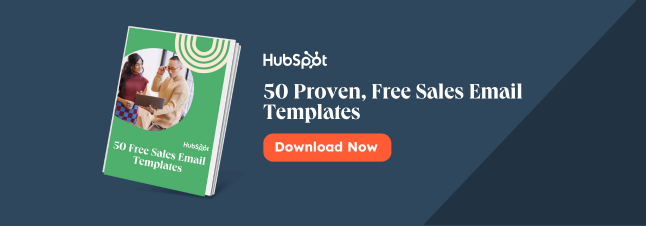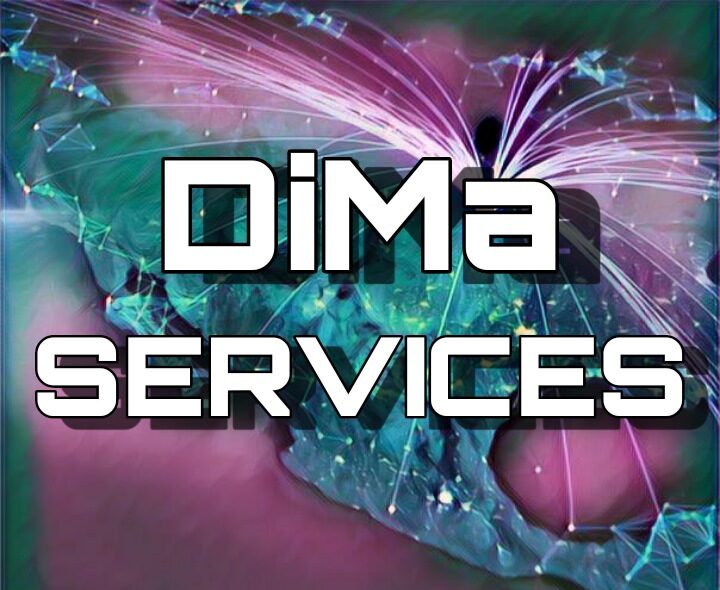How many times have you had this exchange with prospects? You say, “Hey there, how are you?” They respond, “I’m good, thanks. And you?” You say, “I’m good too, thanks for asking.”
Zzzzzzz.
There’s nothing wrong with kicking off a conversation by asking how someone is doing, but it definitely won’t lead to any memorable dialogue.
When you’ve only got a couple minutes to build rapport with someone, you don’t want to waste time on conversational fluff. Instead of falling into the boring conversation trap above, drive the conversation forward with these unique follow-ups to “How are you?”
How to answer “How are you?”
1. “What projects are you working on?”
Open-ended questions like this one typically lead to more interesting responses. They also require your prospect’s full attention to answer — which means they’ll be focusing on the interaction from the get-go.
In addition, asking about your prospect’s current workload gives you the chance to learn more about them. What are their biggest priorities at the moment? Can you help them with any? And how could your product fit into their workday?
2. “How did the [event, project, meeting] go?”
Use this question to show that you’ve actually been listening throughout your relationship. It’s a great way to immediately personalize your conversation and make your prospect more engaged.
If they didn’t previously mention an event or you’re speaking with them for the first time, use a detail you found on social media. For instance, you might say, “I saw on Twitter that you just attended the Midwest EdTech conference. How did it go?”
3. “How is your [day of the week] going?”
Use this question to replace “How are you?” It’s not too far off from “How are you?”, but simply using different words make it feel fresh. Rather than giving a knee-jerk response, your prospect will pause and think, “Hmm, how is my Wednesday going?”
Most people will also feel compelled to add an explanation, such as, “My team has a big deadline coming up, so I’ve been busier than normal.” You’ll get the opportunity to ask a follow-up question (and learn more about their goals and challenges while you’re at it).
4. “What’s new in your world?”
Another alternative to “How are you?”, this opener is fairly casual, so you should save it for prospects with whom you’ve built a strong rapport. It shows that you’re interested in their life and what’s happened since you spoke to them last.
If they seem like they’d be turned off by this level of informality, try “What’s new in [prospect’s industry]?” instead.
5. “I read that [company trigger event]. How is that going for [you, your team]?”
To simultaneously prove you’ve done your homework and encourage your prospect to open up, tie your question to a recent company announcement.
For example, you might say, “I read that Bread and Butter recently expanded to Utah. Congrats! How has that been for your team?”
6. “I saw that [company announcement]. [What’s that been like, how did that go]?”
Your prospect’s company doesn’t have to make any major moves for you to ask an organization-related question. Any announcement is fair game — maybe they just launched an employee volunteer program with a local nonprofit, redesigned their website, or moved to a new office. In any case, your due diligence will usually impress the buyer.
7. “Have you gotten a chance to do any [prospect’s hobby] recently?”
If you’ve already talked about an activity your prospect enjoys, asking this question is a great way to build on your existing rapport.
You can also use social media to learn about their hobbies. For instance, if you read in their company bio that they love traveling, you might ask, “I read on your company’s ‘Team’ page that you’re a big traveler. Have you gotten the chance to go anywhere new lately?”
People typically light up when discussing their passions, so this question immediately puts prospects at ease.
8. “So tell me how your week is going.”
Asking, “How’s your week so far?” will get you fairly standard responses. However, telling someone to talk about themselves carries far more weight. You’ll seem more interested in their response simply by flipping the script.
As a bonus, this statement conveys confidence and authority — making you seem more credible from the very beginning of the conversation.
9. “I’m curious to hear how X went.”
Want to genuinely flatter your prospect? Use this line. Everyone likes hearing someone else is eager to learn about them. Not to mention that showing you’re curious about their life (not just their budget) makes the interaction feel more human and friendly.
This one works well for events, projects, and other office-related topics, but you can also use it for everyday things. Maybe your prospect mentioned they were reading a great book. Say, “I’m curious to hear how you liked Smartcuts.” Or if they’d tweeted about a movie they were looking forward to, say, “I saw your tweet about ‘Spiderman.’ I’m curious to know what you thought.”
10. “Did you see [industry-related content]?”
This is a great option if you’ve done a bit of prep before your meeting. If some interesting content related to the propspect’s industry recently dropped, bring it up for discussion. This could be an article, video, press release, case study or something similar.
If the prospect has seen it, you can learn more about them by asking about the parts they found most important or useful. If they haven’t seen it, use this as an opportunity to fill them in and drive home how it relates to their business, adding any insights you’ve gained.
Variations of “How are you?”
This simple greeting can come in a variety of forms. Either way, the answers above should suffice for any of the following:
- How’s it going?
- What’s new?
- What’s up?
- How have you been?
Making small talk seems like a drag, but you can use it to your advantage to increase sales and build rapport. Follow the pleasantries up with an open-ended question to learn more about your prospects and their needs.
Tips for how to respond to “How are you doing?”
Now that you’ve gotten some clever responses at your disposal, let’s discuss body language. Your non-verbal communication is just as important as what you say. Here are some things to keep in mind when responding to “How are you?”
Remember to smile.
Whether in person or on the phone, a smile can go a long way. In person, it makes you approachable. Over the phone, it conveys warmth in your tone. A smile can put your prospect at ease and will most likely prompt them to smile back. It’s an easy way to break the ice.
Pay attention to tone.
This is an important one. If you’re smiling but your tone is angry, it’s sending prospects a mixed message. Do your best to keep your voice pleasant and upbeat. If you sound tired or bored with the conversation, chances are, the prospect will notice.
They could interpret your tone as rudeness, which could tank the sale. Keep your tone pleasant and polite.
Be genuine.
Although it’s best to remain pleasant when interacting with prospects, it’s not a pass to be fake. Remaining polite when you’re having a bad day is one thing, but adopting a completely fake personality is not the answer. Prospects will pick up on this, which will undermine your efforts to build trust and rapport.
Don’t forget to listen
Listening is probably the most important part of interacting with a prospect. Listening will help you gain insight into their needs and obstacles. Once you’ve followed up to “How are you?” with one of our prompts above, be sure to carefully listen to their answer. For example, if you ask how their week is going, take notes if they mention any work roadblocks. You can circle back to that with a solution your product or service offers.
Respond With Confidence
With these nine unique questions up your sleeve, you’ll never need to stop at “How are you?” again. Your conversations will be more interesting from the moment they begin.
Editor’s note: This article was originally published in September 2016 and has been updated for comprehensiveness.

![]()




